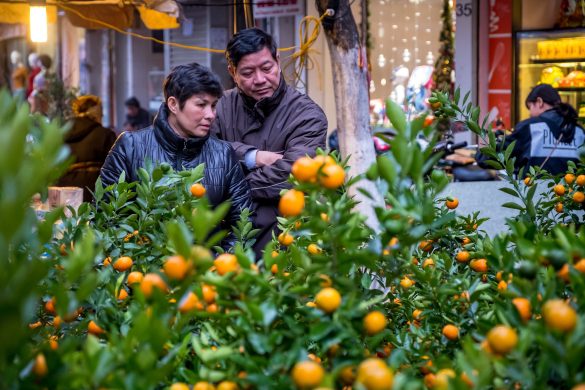ROME, 15 February 2011: The governments of Norway and Germany have committed a combined total of 5 million US dollar in support of an FAO programme to improve global information on greenhouse gas emissions (udledninger) from agriculture and more accurately assess farming’s potential to mitigate (lindre virkningerne af) global warming.
The improved data acquired by FAO’s Mitigation of Climate change in Agriculture (MICCA) programme will be made available via an online global knowledge base that will not only profile greenhouse gas (GHG) emissions from agriculture but will also identify best opportunities for mitigating global warming through improved farming practices.
– Data variations in existing assessments, as well as information gaps, pose a real challenge in terms of making the most of the agriculture sector’s significant potential to sequester (fastholde/oplagre) atmospheric carbon, said Marja-Liisa Tapio-Biström, coordinator of the FAO MICCA Programme.
Having access to improved data will give governments, development planners, farmers and agribusinesses a tool they can use to access international funding for mitigation projects and design and implement policies, programs and practices intended to reduce agriculture’s GHG emissions, increase the amount of carbon sequestered on farms.
“Climate-smart” farming practices can increase productivity and improve resilience to changing weather and climate patterns while reducing greenhouse gas emissions. (For more on climate-smart agriculture see
Good information for good policies
– The data, we are working together to assemble, is fundamental for the effort to shift food production to the climate smart model. The more information we have on emissions from specific farming systems, the more effective the policies countries will be able to put into place to encourage that transition, said Alexander Mueller, FAO Assistant-Director General for Natural Resources.
Norway’s contribution to the project totals around 3 million dollar. Germany is contributing 2 million.
Exploiting opportunities
Agriculture accounts for just around 14 percent of all global greenhouse gas emissions, equal to 6.8 gigatonnes of carbon equivalent.
At the same time, the sector has great potential to reduce its GHG emissions and sequester (opfange/opsuge) large amounts of carbon from the atmosphere.
The Intergovernmental Panel on Climate Change (IPCC) has estimated that soil carbon sequestration – through improved cropland and grazing land management as well as the restoration of degraded lands – offers the greatest potential in agriculture for climate change mitigation.
Implementing policies, practices and projects to reduce greenhouse gas emissions in agriculture could be done at little or no cost to third world farmers, according to FAO.
In some cases it would even increase their productivity, while also making them less vulnerable to climate-related impacts – thereby buttressing (tilsikre) world food security.
Kilde: www.fao.org














